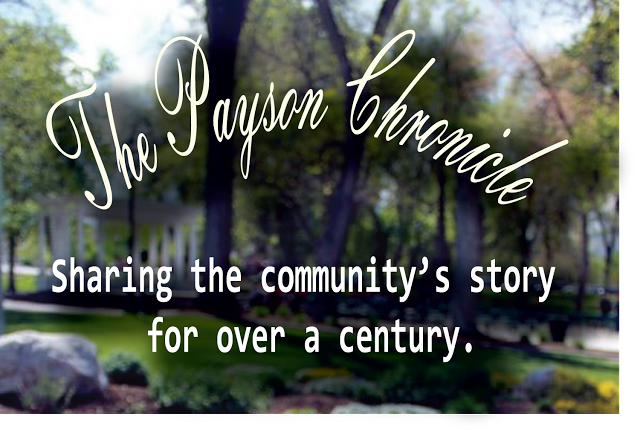As a longtime horticulturalist and owner of one of Payson’s oldest nurseries in operation today, Brad Olson carries a wealth of knowledge related to landscapes and gardens in a climate such as ours.
With water conservation high on the minds of locals, his broad understanding is priceless.
With water conservation high on the minds of locals, his broad understanding is priceless.
Not all plant life and landscapes are rooted and develop equally. The choices one makes when planning their landscape, be it new or revamped, can alter the quantity of water required to maintain it, without a loss of aesthetics that people enjoy.
Xeriscaped or desert-scaped alternatives incorporate rock and plants that are drought-tolerant, and more sustainable to the dry Utah climate. With the availability of secondary water a growing concern in Payson, Mr. Olson has seen some shift in approaches conducive to the situation among area residents. “We just did a yard--because people are more water conscious--where they took out the whole front yard, and did xeriscape,” he said, noting the outcome maintained the beauty to which the family had been accustomed to before the change.
“I’d recommend that to people,” he said of xeriscaping, “if they are using too much water, and they have too much lawn and they don’t use it.”
For those who still prefer to have a lawn, some grasses are better than others. Those mixed with fescue and ryegrass are among the types Mr. Olson recommends. “The more of the fescue and ryegrass you have, the less water it takes,” he said. “They mix it with bluegrasses, so it’s still pretty. But it will take a lot less water. Some people could even overseed their lawn with a little rye and fescue, and it would help.”
As with the choice of lawn, so too are certain flowers, decorative plants and grasses better for the desert region than others. Including native plants, “there’s lots of them,” Mr. Olson said. “But most perennials--and perennials are the ones that come back every year--are really drought tolerant. There’s some that are a little more than others, but, boy, for the most part, they’re all really drought tolerant and use very little water.”
And many, like the native yucca, are growing in popularity.
“People are more water conscious,” Mr. Olson said, noting recent xeriscaping projects his business has been hired to complete. “We just did a job, where they took out the whole front yard and did xeriscape.
While Olson’s Garden Shoppe offers many of these plants and products that aid in water conservation for sale, Mr. Olson is willing to answer any questions locals may have when it comes to growing and landscaping in the dry climate.
He has also laid out for the public a list of his top ten tips for maintaining and sustaining their yard, free of charge.
“How To Save Water”
1. Water Deep (two days a week is plenty)
2. Fertilize Regularly (CITE MORE FROM INTERVIEW)
3. Apply Grub Killer
4. Top Dress With Peat
5. Mow Higher
6. Take Out Some Grass
7. Apply Gypsum
8. Turn Off Sprinkler Until Needed
9. Aerate Lawn
10. Change Spray Heads To Drip





No comments:
Post a Comment
Note: Only a member of this blog may post a comment.